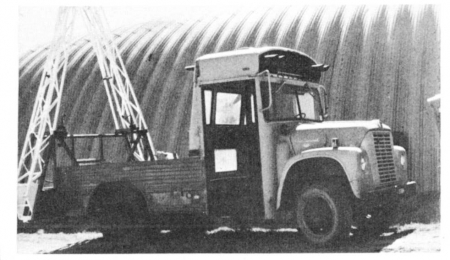
"Works great", says Montana farmer, Chuck Pluhar, of Cohagen, who converted an old school bus into a self-propelled field sprayer.
When his own school board traded in an old bus for a new one, Pluhar bought the old one from the bus company. "The engine had only 30,000 miles on it. I knew what kind of condition it was in and felt it was a good buy," Pluhar told FARM SHOW.
The bus had a short 150-in. wheel base and was designed to haul 24 passengers -- small as school buses go. He took out the middle sections where the windows were, and moved the rear wall of the bus forward to just behind the operator's seat, creating a cab. A 750 gal. tank was mounted behind the cab, and the spray booms behind the tank. The roof over the cab is the original bus top.
"If you tried to convert a long bus into a field sprayer, you'd probably have to shorten the wheelbase," suggests Pluhar. "Otherwise, you couldn't turn very sharp in the field."
He sprayed about 400 acres of small grain last spring with his home-made "bus" sprayer. "It worked great, although I did have to make some minor modifications. I built, the hydraulic sprayer unit myself from components I bought, and the hydraulic oil was getting too hot. I revamped it so water in the tank now cools the oil."
Everything is controlled from the driver's seat, and the booms spray a 60-ft. swath. The booms swing up to a travel height of 13 1/2 ft.
Pluhar put flotation tires on the front of the bus and triples, rather than duals, on the back (six tires total on the back). He notes that a key advantage of his sprayer is that it carries about five times as much water as most commercial self-propelled field sprayers.
